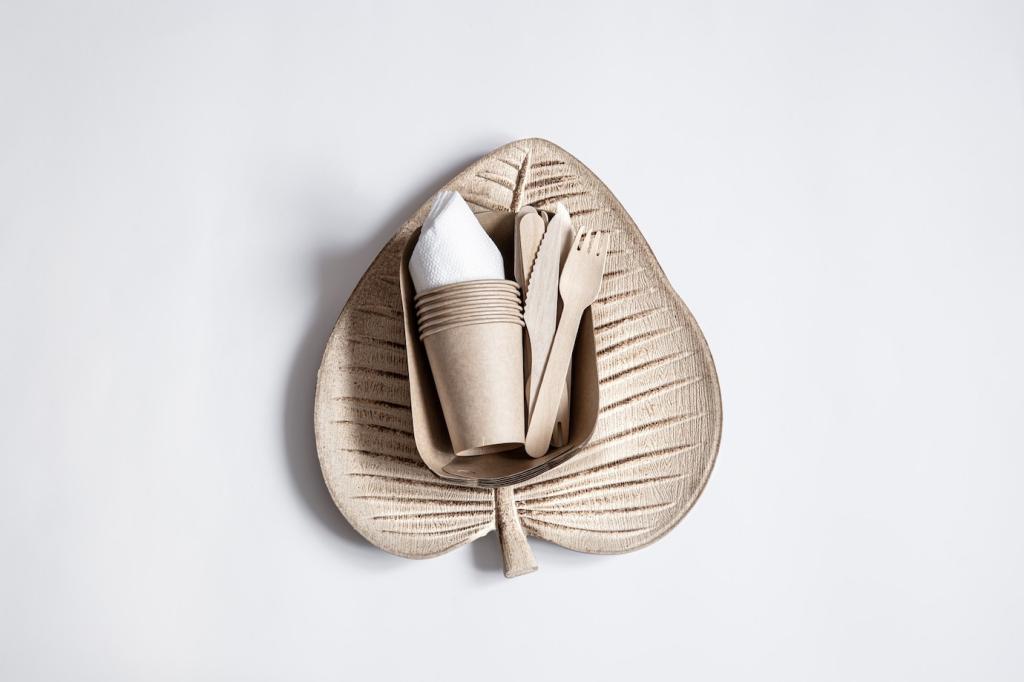Stories from the Field
In Minnesota, the Larkin family added south-facing glass, dense-pack insulation, and interior thermal mass shelves. Their living room temperature held steady during storms, and the heater ran less often. They said mornings felt brighter, literally and emotionally. Have you retrofitted a chilly room? Tell us what made the biggest difference.
Stories from the Field
Near Tucson, a deep front porch, vented ridge, and shaded courtyard transformed a small bungalow. Daytime heat was tempered; at night, cross-breezes purged warmth from masonry walls. The owner calls it “coolth by choreography.” If you live in a hot, dry place, share your favorite evening-cooling routine with fellow readers.











